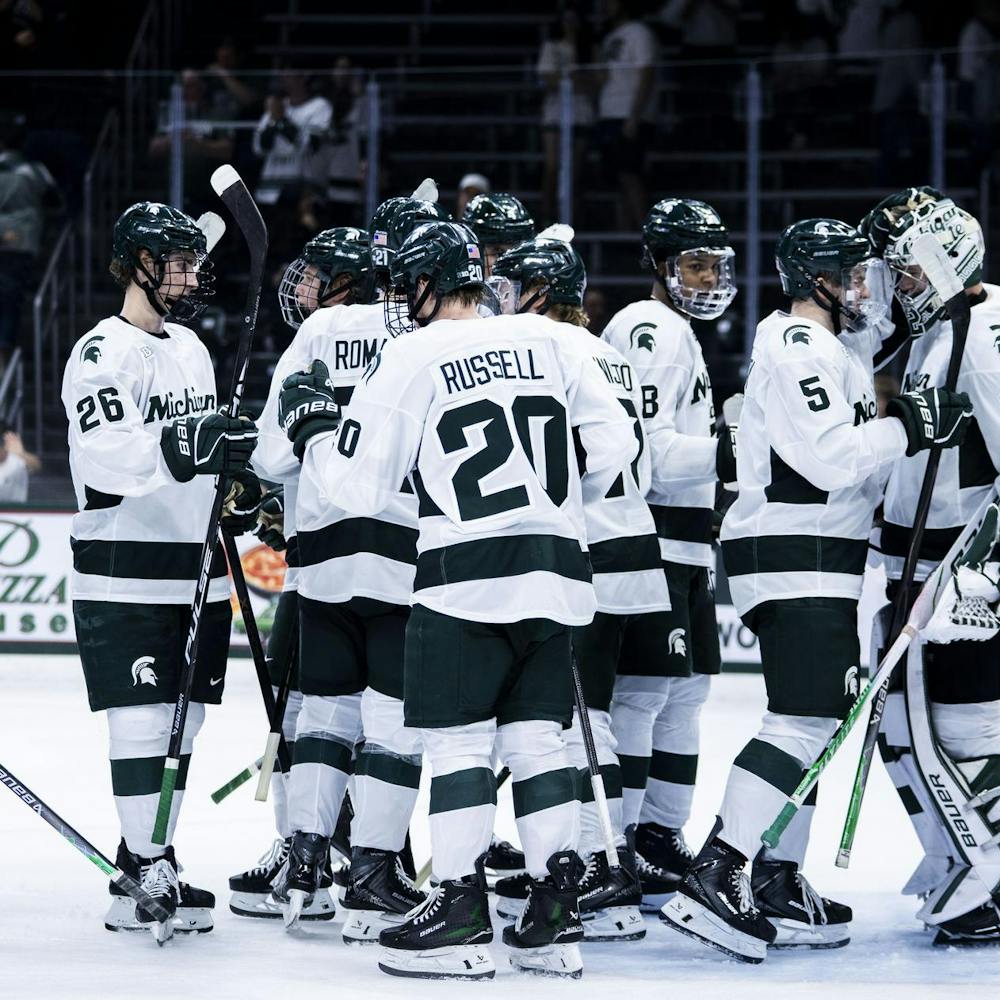Posting on someone’s wall or adding pictures from the latest bash is more than Facebook fun — it’s a field of study for a team of MSU researchers. The university has one of the largest research teams studying Facebook use in the Big Ten. The team, which is composed of about 12 people, also was one of the first university research groups of its kind, said Nicole Ellison, one researcher and an assistant professor in the Department of Telecommunication, Information Studies and Media. Its study of Facebook began in 2005, one year after the site launched.
“You have a medium now where there isn’t really a whole lot of experience — Facebook is only a few years old,” said Charles Steinfield, one of the researchers and chair of the Department of Telecommunication, Information Studies and Media. “So it’s one of these things where we need to assess it carefully, to know the long-term impacts of these technologies.”
Why does it matter?
Social networking sites such as Facebook are changing the way students interact with the Internet, said Cliff Lampe, another researcher and an assistant professor in the Department of Telecommunication, Information Studies and Media.
Research has indicated the amount of time spent on Facebook has doubled within the past year and more people use Facebook than e-mail services, he said.
The site has not only changed the way people interact with the Internet, but has altered the way they interact with one another, Ellison said.
Facebook, she said, has become a daily habit for the majority of college undergraduates. For some, this means spending a few minutes updating their status, she said. For others, it has become a focus in managing networks of friends.
“I think it’s safe to say that it is reshaping the way students communicate and connect with each other,” she said.
Steinfield said research at MSU has shown about 94 percent of college students use the Web site. And the speed at which the site has taken off — attracting more than 200 million users within five years of operation, according to Facebook’s statistics — raises questions about its effects, he said.
What they’ve found
Lampe, Steinfield and Ellison conduct annual Facebook surveys of about 400 to 500 randomly selected MSU undergraduate students, Ellison said. Studies also are conducted through interviews and, at times, experiments.
Much of the research focuses on Facebook’s effect on social capital, or the benefit a person reaps from having friends.
The findings show Facebook increases social capital in several ways, Lampe said. The site, he said, allows a person to maintain loose contact with a wide and diverse set of friends, expanding their worldview.
One of the biggest effects Facebook has on college students, Lampe said, is it allows them to maintain friendships with groups they would otherwise leave behind, such as high school peers.
For plant and environmental biology junior Stephanie Carpenter, having a Facebook page means she can stay in touch with a friend who graduated and moved eight hours away.
“Through status updates and photos, it allows you to keep up with (friends) without talking to them every day,” she said.
Applied engineering sciences sophomore David Naeger said Facebook has helped him talk to friends without even having to pick up the phone.
“It allows you to stay in touch, especially with people I’d otherwise never get in touch with; relatives I wouldn’t otherwise know, friends who have moved away,” he said. “Normally you might forget about them, but Facebook lets you get in touch.”
Other findings suggest the information provided on a person’s Facebook page allows viewers to learn more about them, creating icebreakers and offline connections, Ellison said.
“It’s like a social lubricant, or if you can think about someone’s Facebook as a collection of icebreakers,” she said. “These are things you can go up to them and talk about. And that behavior is positively associated with social capital.”
Support student media!
Please consider donating to The State News and help fund the future of journalism.
Influence of research
Steinfield said the research, which has attracted national attention, has been publicized through news sources including The New York Times. Research measures used by MSU’s team have served as a model for researchers at other universities, he said.
Christine Greenhow, a researcher at the University of Minnesota, said she is a “fan” of the work done at MSU.
Greenhow, whose research focuses on Facebook’s potential as a learning tool, said she and Ellison have collaborated to look at Facebook from their separate approaches.
Research already has allowed people to understand more about the site and its implications for users, Steinfield said.
“Think about how even you’ve experienced advice now coming from faculty about needing to take care of what you do on Facebook,” he said.
“At the start, nobody knew what was coming. Just through observing what happens as people interact, we can begin to formulate both theoretical contribution as well as practical advice.”
Social networking sites such as Facebook are here to stay and will continue to affect the way people interact, the researchers agreed. Although the questions researchers pose might change, research will remain important.
“(Social networking sites) have now become a feature in our lives,” Steinfield said. “They will start to be used in new and different ways. … The fastest growing population (on Facebook) is 35 and older. As new people come in, you’ll start to see these sites used in different ways.”
Discussion
Share and discuss “Social Science” on social media.




